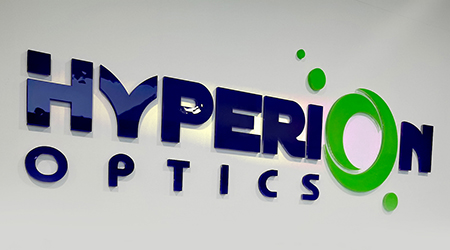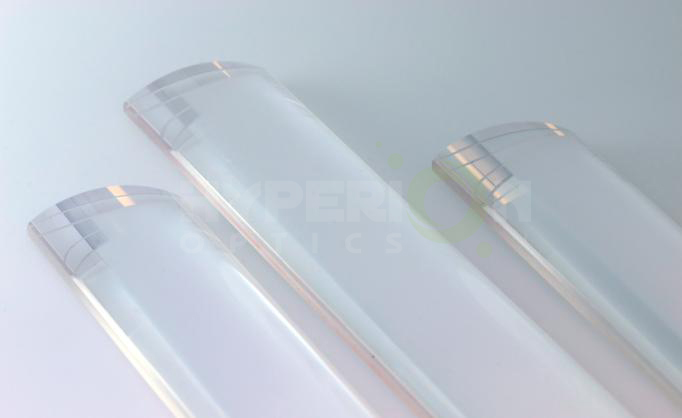
Cylindrical lenses are used to focus, expand or condense light into a single dimension. Cylindrical lenses are widely used in laser scanners, optical information processing and computing, dye lasers or anamorphic lenses. Hyperion Optics has decade of cylindrical lenses manufacturing experience, ranging from ordinary plano-convex, plano-concave to cemented achromatic cylindrical lenses.
For most laser applications, Hyperion Optics’ cylindrical lenses offer always comes with competency in price; our monthly capability is 3,000 pcs. For prototyping quantity, we provide interferometry report along with the shipment upon request.
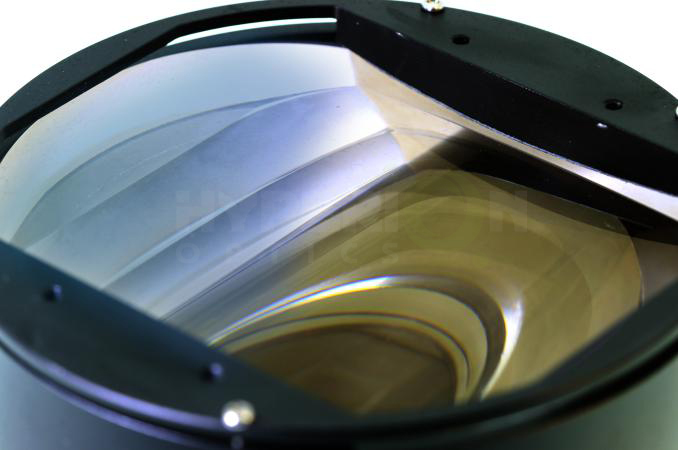
In addition, Hyperion Optics has been working closely to innovators and photography equipment designers who develop customized anamorphic systems where use cylindrical lenses as image aspect ratio changer, such as attach-on anamorphic lenses for smart phones, anamorphic cinema projection system, and front mounted anamorphic attachment. Please check out our anamorphic lenses for more information. If you are in the stage of developing your own anamorphic lenses, don’t hesitate contacting one of our optical engineers for free consultation to receive assistant from manufacturing perspective.
At Hyperion optics, We keep utilizing optical edging technique for most demanding requirement, which is essential in cylindrical component manufacturing. We provide full inspection data along with shipment including Zygo interferometry report and centering testing results.
|
Cylindrical Lenses |
COMMERCIAL GRADE |
FACTORY STANDARD |
PRECISION GRADE |
|
Size Tolerance Length/Width(mm) |
+0/-0.30 |
+0/-0.25 |
+0/-0.25 |
|
Diameter (mm) |
+0/-0.15 |
+0/-0.10 |
±0.025 |
|
Wedge (along axis) |
5 mrad |
3 mrad |
1 mrad |
|
Focal Length Tolerance (%) |
±2% |
±2% |
±1% |
|
Cosmetic(MIL-C-13830A) |
80-50 |
60-40 |
10-5 |
|
Irregularity (Lambda @ 632.8nm) |
1 L |
1/2 L |
1/10 L |
|
Centration (Arc min) |
<5' |
<3' |
<1' |
|
Coating (T% avg) |
99% |
99.5% |
99.5% |
|
Materials |
Optical Glasses Depends On Design |
||
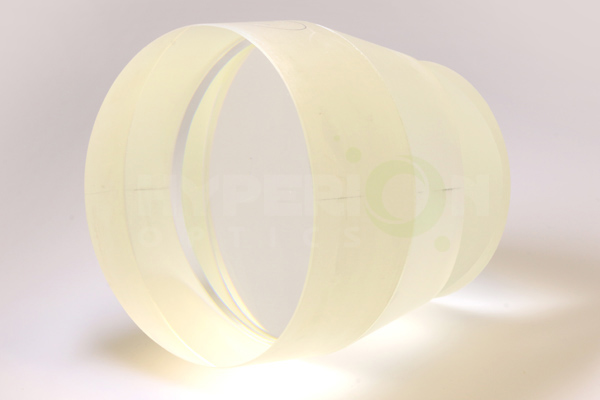
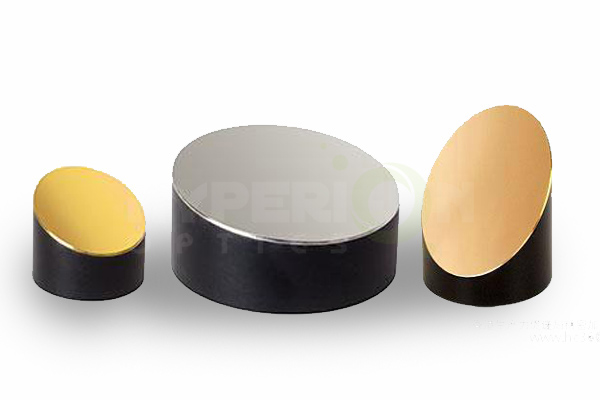
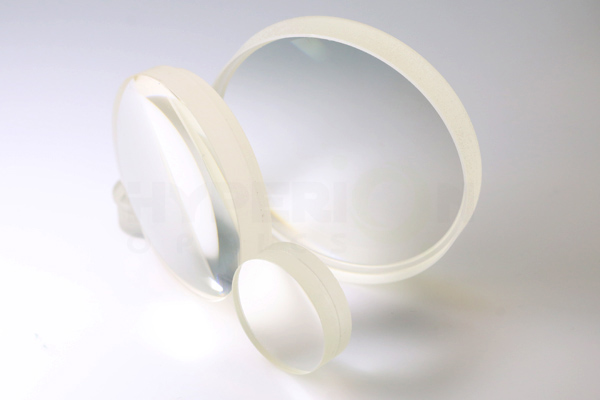
 Call us on:
Call us on:  Email us:
Email us:  R&D Center: 9B-4F 401,No.1 Qingnian Road Liando U Valley,Yuhua International Wisdom Valley, Nanjing, 210039 China
R&D Center: 9B-4F 401,No.1 Qingnian Road Liando U Valley,Yuhua International Wisdom Valley, Nanjing, 210039 China









 English
English  cn
cn  de
de  es
es  fr
fr 


